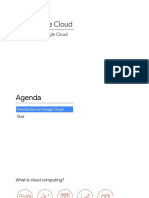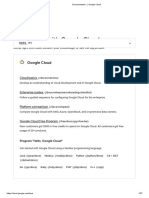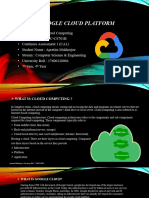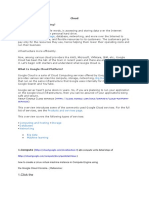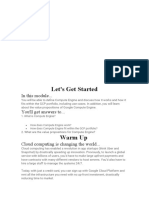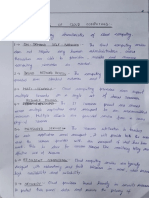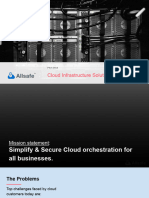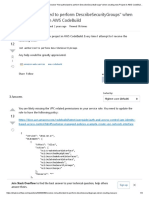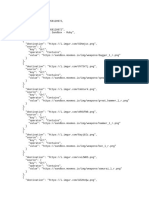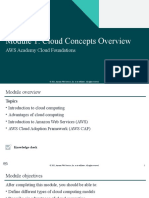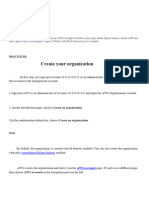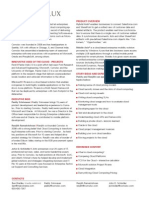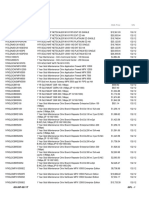0% found this document useful (0 votes)
14 views26 pages00 Course Intro
The document outlines the 'Architecting with Google Compute Engine' course, which focuses on Google Cloud's infrastructure services, including Compute Engine, Kubernetes Engine, and App Engine. It details the course structure, including foundational topics, core services, and scaling and automation, along with lab environments provided by Qwiklabs. The course is designed for IT professionals responsible for implementing and maintaining applications in the cloud.
Uploaded by
haxx94Copyright
© © All Rights Reserved
We take content rights seriously. If you suspect this is your content, claim it here.
Available Formats
Download as PDF, TXT or read online on Scribd
0% found this document useful (0 votes)
14 views26 pages00 Course Intro
The document outlines the 'Architecting with Google Compute Engine' course, which focuses on Google Cloud's infrastructure services, including Compute Engine, Kubernetes Engine, and App Engine. It details the course structure, including foundational topics, core services, and scaling and automation, along with lab environments provided by Qwiklabs. The course is designed for IT professionals responsible for implementing and maintaining applications in the cloud.
Uploaded by
haxx94Copyright
© © All Rights Reserved
We take content rights seriously. If you suspect this is your content, claim it here.
Available Formats
Download as PDF, TXT or read online on Scribd
/ 26

































